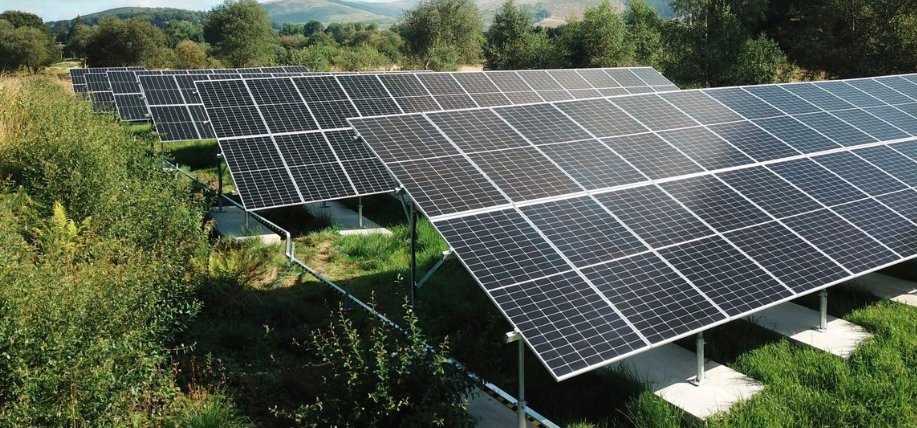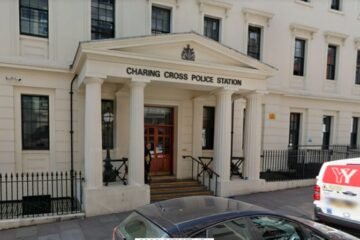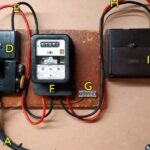Two major solar farms are on the table in Fife and Angus, and if approved, they could power tens of thousands of homes—while bringing over £1.3 million to local communities.
Perthshire-based BLC Energy, in partnership with TRIO Power, has filed official planning applications for a pair of large-scale solar and battery storage developments. One near Cupar, the other outside Forfar. If the numbers hold, together they could generate 100MW of clean electricity and store just as much.
Sun, Storage, and Community Cash
These aren’t your average solar fields. Both sites—West Springfield Solar and BESS in Fife and Cossans Solar and BESS in Angus—come bundled with battery storage. That means surplus electricity captured during sunny spells can be saved up and used later, like in the evenings or on cloudier days when demand spikes.
Neil Lindsay, BLC’s managing director, is confident this combination is what the future looks like. He said, “If West Springfield gains consent, we could start construction by 2026 and produce electricity by 2027.”
Cossans, meanwhile, might take a little longer. Grid connection reforms will likely dictate how quickly that project moves forward. But it’s not just about energy. Each site comes with a pledge: £500 per installed megawatt, per year, fed directly back into the surrounding communities. Do the math, and that’s £1.3 million across 40 years—a significant windfall for rural areas often left out of the renewables boom.
One sentence break. That’s a lot of solar.

What the Numbers Actually Mean
Let’s make it simple: 100MW of solar generation is enough to meet the annual needs of approximately 29,000 homes, according to BLC’s estimates.
And they’re not stopping there.
“We’ve now submitted 200MW of projects into the Scottish planning system,” Lindsay said, “with another 200MW planned before the end of the year.”
That’s an eye-watering 400MW pipeline by end of 2025. Big stuff for a Scottish company operating outside the limelight of national media.
Here’s a quick look at what’s proposed:
-
West Springfield Solar & BESS
-
Near Cupar, Fife
-
Construction could begin: 2026
-
Live by: 2027
-
-
Cossans Solar & BESS
-
Near Forfar, Angus
-
Grid connection expected before 2030
-
Community funding: Part of both projects
-
Who’s Behind the Curtain?
The projects are technically owned by TRIO Power, which in turn is backed by Octopus Renewable Infrastructure Trust. That’s a pretty big name in the UK renewables scene. Day-to-day management? That’s handled by Octopus Energy Generation, a firm with some serious clout in clean tech circles.
So while BLC Energy is the local face, the financial muscle and expertise behind the projects is international.
This kind of joint setup—local developer plus institutional backing—is becoming more common as demand for green energy climbs. It spreads the risk and gets projects moving faster.
Not to mention, it opens doors to serious funding streams.
Community Funds: Real or Rhetoric?
Community benefit pledges are standard in renewables these days. But the question often is: will the money actually make a difference?
In this case, it might.
Lindsay was explicit: “We believe the communities around these sites should decide how the money is best spent.”
That hands-off approach could mean cash going into rural bus services, school upgrades, community gardens—you name it. And with £500 per megawatt per year, spread over 40 years, it gives local groups some breathing room for long-term planning.
Here’s the community commitment broken down:
| Project | Capacity (MW) | Annual Community Benefit | 40-Year Total |
|---|---|---|---|
| West Springfield | 50 | £25,000 | £1,000,000 |
| Cossans | 50 | £25,000 | £1,000,000 |
| Combined | 100 | £50,000 | £2,000,000 |
But note—BLC has cited £1.3 million as the realistic payout figure, possibly accounting for delayed grid access or staged development.
Planning Hurdles Ahead
Of course, no solar development in Scotland gets the green light overnight. Both projects have been submitted as Section 36 applications under the Electricity Act—used for energy infrastructure above 50MW.
Translation: the process will be long. These aren’t council-level decisions anymore; they’ll need to pass national scrutiny.
And public engagement? Crucial.
Expect to see environmental impact assessments, biodiversity reports, and possibly a few local objectors with concerns over land use, visual impact, or wildlife disruption. Happens every time.
But one thing’s clear—the Scottish Government has signalled strong backing for renewables, especially if local communities benefit and the grid can handle it.
Why This Actually Matters
Scotland’s trying to hit net-zero by 2045. That’s 5 years ahead of the UK’s national target. To get there, it needs more than wind.
Solar has been slow to catch on in Scotland compared to the south of England, mainly due to climate and grid constraints. But advances in storage tech and grid reform have made big solar much more viable—even north of Dundee.
And 100MW isn’t just symbolic—it’s substantial.
These projects don’t just represent clean energy. They represent trust. Trust in Scotland’s renewables potential. Trust that rural communities deserve a share of the benefits. Trust that with the right support, solar can be more than a southern English success story.


















